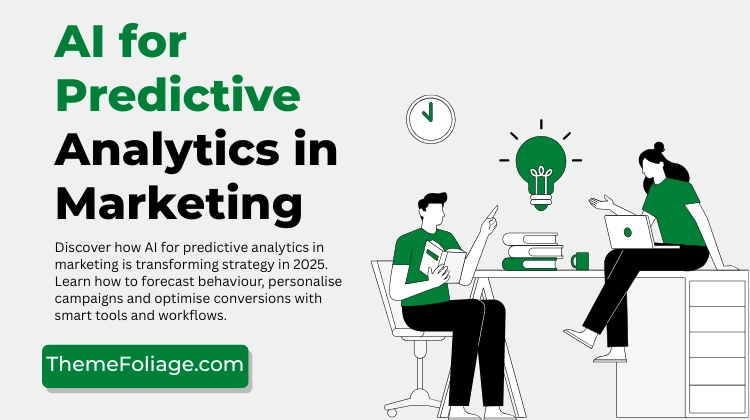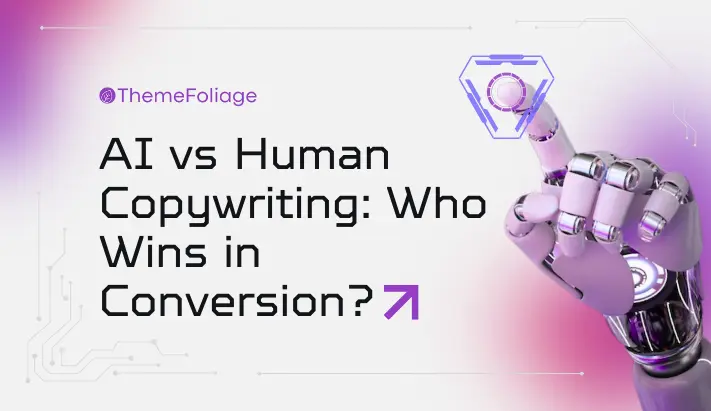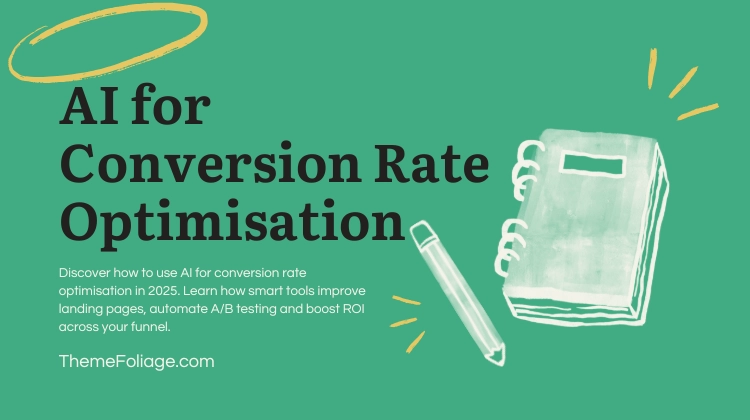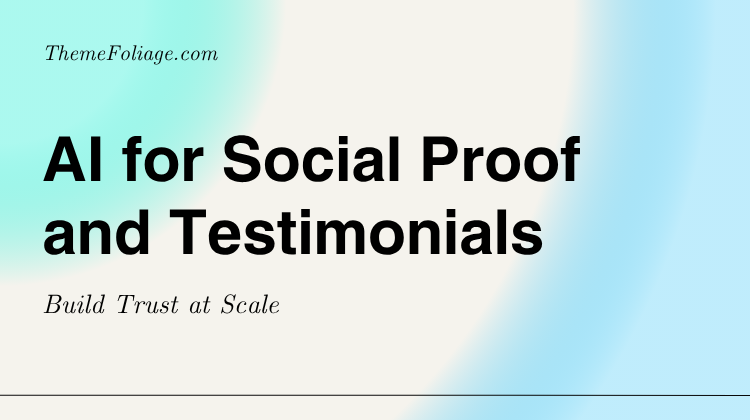In 2025, marketing is no longer reactive, it’s predictive. With artificial intelligence, brands can now anticipate customer behaviour, forecast campaign performance and personalise outreach before a single click happens.
AI for predictive analytics in marketing is helping businesses move from guesswork to precision, unlocking higher ROI and deeper customer engagement.
Whether you’re running affiliate funnels, email campaigns or ecommerce promotions, predictive analytics empowers you to target smarter, spend wiser and convert faster.
What Is Predictive Analytics in Marketing?
Predictive analytics uses historical data, behavioural signals and machine learning to forecast future outcomes. In marketing, this means:
- Predicting which leads will convert
- Forecasting customer lifetime value (CLV)
- Anticipating churn risk
- Optimising campaign timing and messaging
- Personalising offers based on intent
As Gartner notes, “Predictive analytics is the bridge between data and action, AI makes that bridge intelligent, adaptive and scalable.”
Why Predictive Analytics Matters in 2025
- Efficiency: Focus resources on high-probability leads and campaigns
- Personalisation: Tailor messaging based on predicted behaviour
- Retention: Intervene before churn happens
- Revenue Growth: Forecast upsell and cross-sell potential
- Agility: Adapt campaigns in real time based on predictive signals
According to McKinsey, companies using predictive analytics in marketing see 15–20% higher conversion rates and 25% better campaign ROI.
Core Applications of AI Predictive Analytics in Marketing
1. Lead Scoring and Conversion Forecasting
AI models analyse CRM data, email engagement and site behaviour to score leads based on likelihood to convert. Tools like MadKudu and Salesforce Einstein automate this process, helping sales and marketing teams prioritise effectively.
2. Churn Prediction
Platforms like Optimove and Zoho CRM Plus detect early signs of disengagement, missed logins, low email opens, negative sentiment, and trigger retention workflows before customers leave.
3. Campaign Performance Forecasting
AI predicts how a campaign will perform before launch, based on audience, creative and timing. This allows marketers to test and refine strategies proactively.
4. Personalised Offer Recommendations
Predictive engines suggest the best product, discount or content for each user based on browsing history, purchase patterns and demographic data.
5. Budget Allocation and Media Planning
AI forecasts which channels and audiences will deliver the highest ROI, helping marketers allocate spend dynamically across paid search, social, display and email.
Recommended AI Tools for Predictive Marketing Analytics (2025)
Note: Prices may change as providers update their plans.
| Tool | Function | Pricing (USD) |
|---|---|---|
| Salesforce Einstein | Predictive lead scoring & CLV modelling | From $25/user/month |
| MadKudu | B2B lead scoring & conversion forecasting | From $800/month |
| Optimove | Churn prediction & retention automation | From $500/month |
| Zoho CRM Plus | Predictive analytics for SMBs | From $57/user/month |
| Ortto | Behavioural forecasting & campaign triggers | From $29/month |
| Adobe Sensei | Predictive media planning & segmentation | Custom pricing |
| Pecan AI | Predictive modelling for marketing teams | From $99/month |
Real-World Example
A subscription-based fitness brand used MadKudu and Ortto to score leads and forecast churn. By targeting high-conversion prospects and triggering retention emails for at-risk users, they:
- Increased conversion rate by 19%
- Reduced churn by 27%
- Boosted campaign ROI by 33% in just 90 days
How to Implement Predictive Analytics in Your Marketing Funnel
- Audit Your Data
Clean and unify customer data across CRM, email, web analytics and ecommerce platforms. - Define Key Metrics
Choose what to predict, conversion, churn, CLV, upsell potential, and set benchmarks. - Select AI Tools
Choose platforms that integrate with your stack and support your business model (B2B, B2C, SaaS, ecommerce). - Train Predictive Models
Use historical data to train AI. Most tools offer pre-built models or custom training options. - Deploy Campaign Triggers
Set up automated workflows based on predictive scores, e.g., send a discount to a high-churn-risk user. - Monitor and Refine
Review model accuracy monthly. Adjust inputs and retrain as needed to improve predictions.
Challenges and Considerations
- Data Quality: Garbage in, garbage out. Ensure clean, structured and relevant data.
- Privacy Compliance: Respect GDPR/CCPA when using behavioural and demographic data.
- Model Bias: AI can inherit bias from historical data—review predictions for fairness.
- Over-Reliance: Use predictive insights to guide strategy, not replace human judgment.
- Integration Complexity: Choose tools with native integrations or strong API support.
Future of Predictive Marketing
In the next evolution, predictive analytics will merge with generative AI to not only forecast outcomes but also generate the optimal campaign assets, emails, ads, landing pages, based on predicted performance.
We’ll also see more real-time predictive personalisation, where every touchpoint adapts instantly to user behaviour and forecasted intent.
Final Thoughts
AI for predictive analytics in marketing is a strategic superpower in 2025. It helps you forecast behaviour, personalise outreach and optimise every step of the funnel.
Whether you’re nurturing leads, preventing churn or scaling ad spend, predictive insights turn data into decisions, and decisions into revenue.
Start with one use case, lead scoring or churn prediction, and expand as you gain confidence. The future of marketing isn’t just data-driven, it’s prediction powered.



